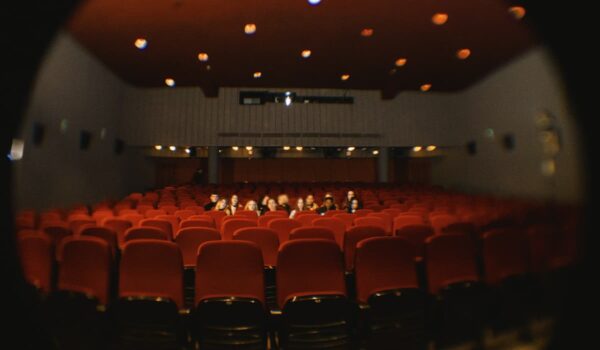The Electric Cinema first opened in London on Portobello Road on February 24, 1910. It was one of the first buildings in Britain to be designed specifically for showing motion pictures and was one of the first buildings in the vicinity to be supplied with electricity. It was built shortly after it received its name Electric Cinema in Birmingham, about two months earlier. Its first film was Henry VIII, shown on February 23, 1911.
The auditorium opened 18 years before sound films became the norm, so there was no means of transmitting sound. The movie theater was soon overshadowed by the huge picture palaces that came into vogue in the 1930s, but despite being closed for a short time, it has been used almost continuously to the present day.
It was designed by an architect in the Edwardian Baroque style. It originally opened as a 600-seat Electric Cinema. During World War I, an angry mob attacked the Electric, believing that its German-born manager had signaled Zeppelin raiders from the roof after nearby Arundel Gardens had been hit by a bomb dropped from the Zeppelin.
Later, in 1932, the Electric became the Imperial Playhouse movie theater, although by this time the Portobello Road neighborhood had been destroyed, as had the rest. of Notting Hill. At the time, locals nicknamed the place “The Beetle.”
During World War II, as many as 4,000 people a week visited the place, despite nighttime Luftwaffe bombings. In the late 1940s, infamous mass murderer John Christie (1899-1953) of nearby 10 Rillington Place is said to have worked at Electric as a movie mechanic
in the late 1960s, the place changed to the Electric Cinema Club, which showed mostly independent and avant-garde films. In 1984, the then-owners of Mainline Pictures proposed turning the place into an antiques market; a petition against these plans garnered more than 10,000 signatures, including those of Audrey Hepburn and Anthony Hopkins.
. After that, the petition was opened and closed several times without commercial success. In 1992 it went into voluntary receivership and tried to find a buyer. In July 1993, a consortium including Choice FM and The Voice joined to promote black tape. They reportedly paid nearly £1 million to prepare the building for the Notting Hill Carnival in August 1993.
Modern Age and Revival.
Interior of the Notting Hill Electric Cinema, May 2013.
In the late 1990s, the site was purchased by local developer European Estates and architects Gebler Tooth. After four years of planning, Gebler Tooth developed a plan that would restore the commercial viability of the theater. The most important element was the purchase of an adjacent store that could house updated restrooms, air conditioning and a restaurant.
In 2000, the site was purchased by its current owner, retail entrepreneur Peter Simon, who had traded in a street market stall early in his career. Simon invested £5 million to restore the Edwardian-style façade and interior before leasing the site to Soho House.
